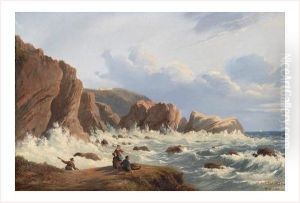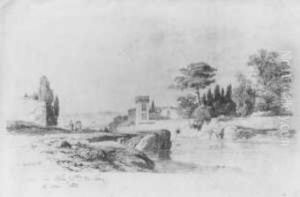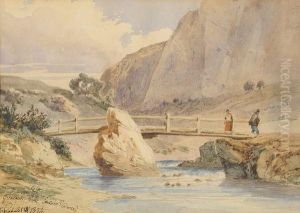Francisque Gabillot Paintings
Francisque Gabillot was a French artist and engraver born in Paris in 1843. He was known for his work in the medium of etching and for his contributions to the graphic arts during the late 19th and early 20th centuries. Gabillot's career spanned a period of significant change in the art world, coinciding with the rise of Impressionism and the beginnings of modern art.
Gabillot studied at the École des Beaux-Arts in Paris, where he was exposed to the classical traditions of French art. However, as his career progressed, he became increasingly interested in the possibilities of etching as a medium for both creative expression and reproduction. He created etchings of works by renowned artists such as Rembrandt and Van Dyck, capturing the subtleties of their original paintings in his detailed prints. Gabillot's work was characterized by a fine attention to detail and a dedication to craftsmanship, which earned him a reputation as a skilled printmaker.
Throughout his career, Gabillot exhibited at the Salon in Paris, the preeminent art exhibition in France. His works were appreciated for their technical proficiency and their ability to convey the essence of the subjects he chose. In addition to his reproductions of masterworks, Gabillot also created original compositions, which often featured landscapes, architectural views, and genre scenes.
As an engraver, Gabillot was part of a tradition that was rapidly evolving. The late 19th century saw the advent of new printing technologies, and the role of the engraver was changing from that of a craftsman to that of an artist. Gabillot embraced these changes and was seen as an innovator in the field of printmaking.
Francisque Gabillot's contributions to art were recognized by his contemporaries, and his prints were collected by art enthusiasts and institutions alike. Despite the shifts in artistic taste and style over the years, his work has continued to be appreciated for its quality and historical value. Gabillot died in 1920, leaving behind a legacy as an important figure in the history of French printmaking.


